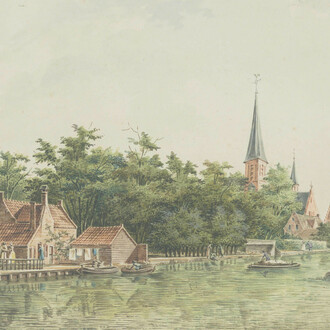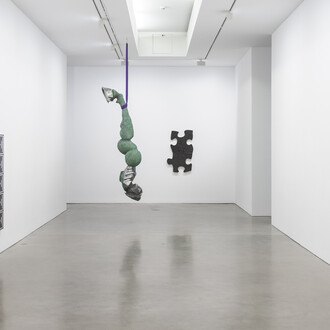November 9th marks the 30th anniversary of the fall of the Berlin Wall in 1989. The commemorative exhibition carries the title "Querschläger," a term that translates literally as "ricochet." It serves as a reminder that live ammunition was used at the Wall, with often deadly results. In the short span of five years since the first exhibition with that title in 2014, marking the 25th anniversary of the fall of the Berlin wall, the global political situation has unfortunately changed dramatically and has made the topic much more pressing. While the formerly divided city of Berlin still stands for great freedom of expression and peaceful and creative international exchange, in many other places, inflamed by populist sentiments and movements, new walls and barriers are being erected. Not only has the division between East and West Germany still not fully healed after thirty years, it even seems that it has deepened again in recent years. Comparable polarization and trenches running through society can be observed in the USA, France, Italy and Great Britain (Brexit), among others. In many parts of the world nationalist movements pressing for isolationist policies have gained ground. In Europe, new border fences and controls have been put up to keep out refugees from war zones and crisis areas, President Trump is still planning his border wall to Mexico, and the open border between Northern Ireland and the Republic of Ireland, which after decades of bloody struggle has brought peace to the country, is threatening to revert to a hard border. The trade wars between the US and China as well as that between Japan and South Korea, and the unilateral pull-out from various treaties by the US are increasingly endangering the peaceful and productive cooperation between nations and are reigniting old tensions believed to be a thing of the past. In view of these troubling developments the tearing-down of the Berlin Wall is a poignant and highly relevant reminder of how important—and possible!—it is to not only overcome borders and walls in actual political fact, but also in our minds.
In a figurative sense, the term Querschläger is also used for nonconformist people, for free spirits not content to follow prevailing norms. Theses contrarians provide important alternative perspectives with the potential of countering conformist and populist notions and instigating positive change towards more tolerance and acceptance of the other. Even before the Wall came tumbling down, both East and West Berlin had been magnets for these creative individuals. The exhibition presents visually compelling works by artists from both sides active before the wall came down: Rainer Fetting, Luciano Castelli and Stefan Roloff in West-Berlin, Sven Marquardt in East-Berlin. The works from the 1980s are of particular art-historical interest. They are supplemented by other approaches, reflecting the history of Berlin from a distance, as with Holger Bär and Patricia Waller, or representing the Berlin Wall as a historical fact perceived by a younger generation, as in the case of Lies Maculan. Together these works present aspects of the wall as tangible fact as well as that in our minds, while also revealing ways of surmounting it. The diversity of these approaches impressively demonstrate the inner wealth made possible by freedom and the dissolution of borders and other limitations.
















